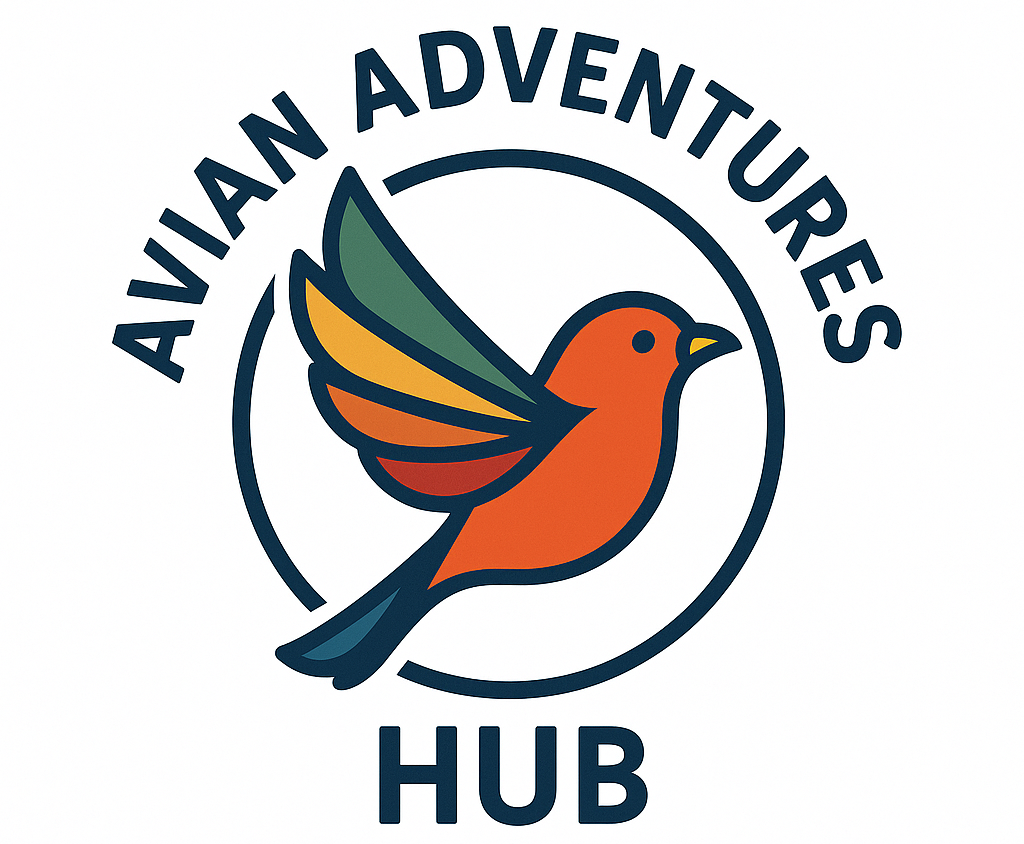Georgia: Mountain and Steppe Birding in Winter
Click link below to learn more:
Length of trip
Description
Georgia is a country of mystery, varied landscape, incredible food, and sensational wildlife. This tour, along with our Georgia Birding Tour: Eagles and Endemics in Fall tour, will allow you to experience this wonderful country firsthand and we are incredibly excited to now offer these two exciting tours here. Georgia is located between the Black Sea and Caspian Sea, right where Europe and Asia meet which results in a heterogenous mix of birds of Asian and European origin.
 Red-fronted Serin is a gorgeous bird and we will be on the lookout for it during the tour. (Folkert de Boer)
Red-fronted Serin is a gorgeous bird and we will be on the lookout for it during the tour. (Folkert de Boer)
Following International Ornithological Congress (IOC) taxonomy (v13.1 in July 2023), the bird list of Georgia is currently 424 species, with many of these being highly sought-after due to their small global range or the issues associated with accessing them in other parts of their distribution. During the tour we will visit several Important Bird Areas (IBAs), sites that have been identified by BirdLife International as holding significant importance for birds. Examples of IBAs we will visit include The Iori Plateau, Alazani Valley, Lagodekhi Nature Reserve, and Kazbegi.
On this tour we will get to grips with four of Georgia’s “Big Five”; Caucasian Snowcock, Caucasian Grouse, Great Rosefinch (Caucasian endemic rubicilla subspecies), and Güldenstädt’s Redstart. The fifth species of the “Big Five” is Caspian Snowcock and we look for that (and all of the others) during the aforementioned fall tour. In addition to these amazing birds, we will target other species and interesting subspecies, including Black Francolin, Little Bustard, Dalmatian Pelican, Pygmy Cormorant, Pallas’s Gull, Alpine Chough, Pine Bunting, Mountain Chiffchaff (local lorenzii subspecies and potential split), Western Rock Nuthatch, Krüper’s Nuthatch, Wallcreeper, Spanish Sparrow, Red-fronted Serin, Horned (Shore) Lark (penicillata subspecies), Water Pipit (coutelli subspecies), Twite (brevirostris subspecies), and a range of raptors including Bearded Vulture, Griffon Vulture, Cinereous Vulture, Eastern Imperial Eagle, Steppe Eagle, Pallid Harrier, Lanner Falcon, and Saker Falcon.
 Great views of Bearded Vulture in stunning scenery will be possible.
Great views of Bearded Vulture in stunning scenery will be possible.
We begin our sensational 11-day tour in Georgia’s ancient capital, Tbilisi. After your long flight you may want to relax but we also have the option of some very casual birding in the city where we can catch up with species like Krüper’s Nuthatch, Syrian Woodpecker, Middle Spotted Woodpecker, Lesser Spotted Woodpecker, Common Firecrest, Hawfinch, and others.
The following morning, we then begin our journey east to the remote Kakheti region. This area of plains, steppes, and lakes is one of the most unexplored areas of Georgia and its location, close to neighboring Azerbaijan, makes it an incredibly exciting region to explore. We will visit some of the best lakes in the region where top species reside, like Pallas’s Gull, Dalmatian Pelican, and Armenian Gull. The grasslands around the lakes should give us the stunning Black Francolin. Georgia is also famed for its birds of prey with rare species like Eastern Imperial Eagle and Cinereous Vulture being some of our targets in this area. These lakes are also an excellent area for passerines like Bluethroat, Moustached Warbler, and Spanish Sparrow.
 The mighty Pallas’s Gull is a real standout species of eastern Georgia and a superb bird to see in the Western Palearctic (photo Tim Jones).
The mighty Pallas’s Gull is a real standout species of eastern Georgia and a superb bird to see in the Western Palearctic (photo Tim Jones).
From the Kakheti region we will then head further into the steppes towards the David Gareja Monastery, one of Georgia’s most famous historical monuments and right on the border with Azerbaijan. Exciting passerines will again be the target here with significant numbers of Eurasian Skylark and Calandra Lark likely to be found. We will check these flocks carefully as rarer eastern lark species may be hiding within, maybe something like a White-winged Lark! The monastery is an excellent spot to look for Western Rock Nuthatch and Wallcreeper (a monotypic family and much desired species), and the scrub around it may give up Chukar Partridge.
Moving further east we will enter the land of the raptors with several great species present, including Eastern Imperial Eagle, Long-legged Buzzard, Rough-legged Buzzard, Lanner Falcon, Saker Falcon, and Pallid Harrier. Interesting passerines are present here too, with Isabelline Wheatear, Rock Sparrow, Great Grey Shrike, Greater Short-toed Lark, Turkestan Short-toed Lark, and Corn Bunting being some of the standout species. We should also find large groups of Little Bustard here, part of the world’s largest wintering concentration of this species, plus the fantastic Goitered Gazelle.
 Eagle Gorge is a beautiful place and full of great birds (photo Alexander Rukhaia).
Eagle Gorge is a beautiful place and full of great birds (photo Alexander Rukhaia).

